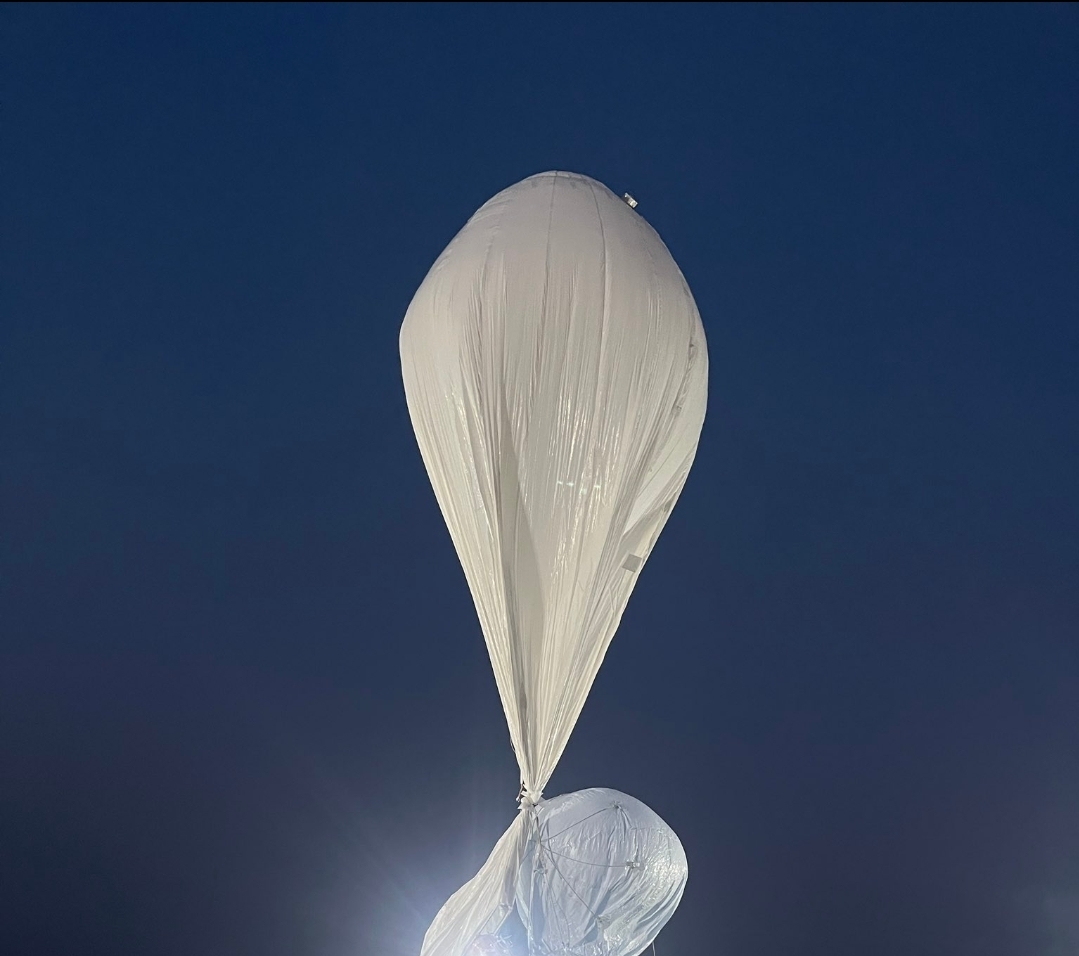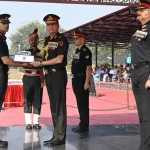In a landmark achievement for India’s defence and aerospace sectors, the Defence Research and Development Organisation (DRDO) has successfully conducted the first flight trial of an indigenous Stratospheric Airship Platform. The historic test took place in Sheopur, Madhya Pradesh, with the airship reaching an impressive altitude of 17 kilometers during a 62-minute mission.
This high-altitude, lighter-than-air platform is designed for long-duration operations in the stratosphere and is expected to transform India’s Intelligence, Surveillance, and Reconnaissance (ISR) capabilities. Equipped with onboard sensors, pressure control mechanisms, and emergency deflation systems, the airship performed flawlessly in its maiden test. The data collected will feed into the development of advanced simulation models to support future missions.
Defence Minister Rajnath Singh hailed the achievement as a “proud moment for India,” highlighting the airship’s strategic value in enhancing national security. He noted that India now joins an exclusive group of countries that possess indigenous stratospheric airship technology — a feat many global programmes, such as the U.S. HALE-D project, have struggled to accomplish.
Beyond defence, the platform holds vast potential for civilian applications, including disaster response, environmental monitoring, urban mapping, and scientific research. Operating at altitudes between 20 and 30 kilometers, stratospheric airships offer a cost-effective and longer-endurance alternative to satellites and drones.
This technological advancement comes amid heightened regional tensions, such as the recent terror attack in Pahalgam, underlining the need for enhanced surveillance infrastructure. The DRDO’s success not only reinforces India’s commitment to defence self-reliance but also marks a significant stride in global aerospace innovation.
As further refinements continue, the stratospheric airship is poised to become a cornerstone in India’s quest for superior situational awareness and rapid threat response — strengthening both national security and India’s stature in cutting-edge research.













